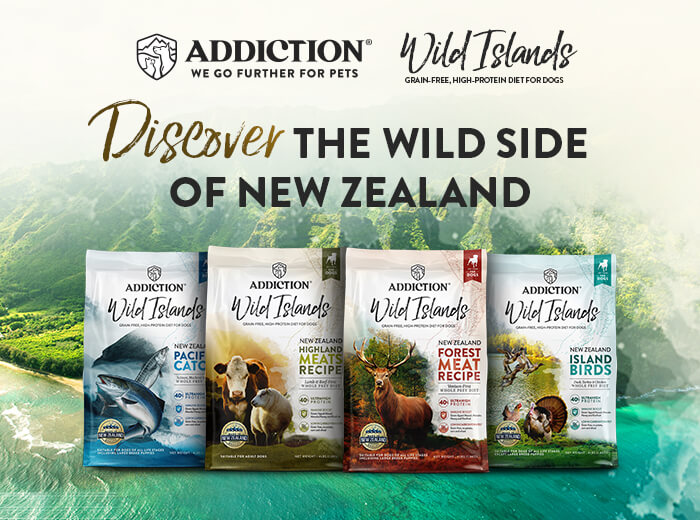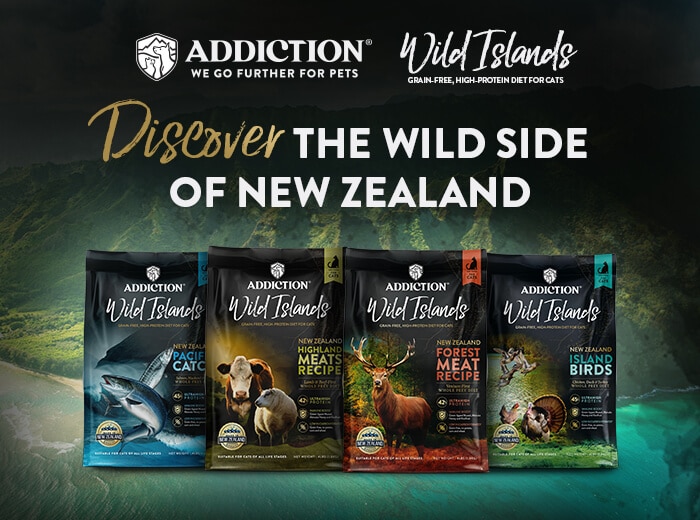Puppies grow faster than adult dogs. That’s why they need a formulation specific to their developmental needs. Aside from higher fat and protein levels, puppies also need at minimum, three times the amount of calcium that adult dogs require. To be precise, growing puppies need 1.2% while adult dogs need 0.5% on a dry matter basis. Giving puppies all these nutritional requirements is important as this will determine their long-term health.
Before discussing how much calcium puppies need, it’s essential to understand what this mineral does for their body and what other nutrients or minerals they work with.
Calcium and bone development
Calcium is one of the essential minerals that dogs need for proper bone and tooth growth. It’s a vital building block that growing bones need to absorb and store to properly form and stay sturdy.
According to the Whole Dog Journal, this mineral is also needed to maintain muscle control and help prevent seizures. Too much of it, however, can cause skeletal malformations and deficiencies in other nutrients.
Aside from Calcium, bones also need Phosphorus to stay strong and Vitamin D to aid in Calcium and Phosphorus absorption. Together, these 3 nutrients ensure your pet develops healthy bones so they can live their lives to the fullest.
Guidelines in Calcium content
While the general rule is that puppies need higher Calcium than adults, specific requirements will depend on the breed or size.
While small and large breeds have the same minimum requirement, there are restrictions that need to be observed depending on their growth stage. Since large breed puppies grow faster than small to medium breeds, they’re prone to Calcium overdose. The maximum Calcium level for small to medium breeds is 2.5% per kg of food in dry matter, while for large breeds, it’s 1.8%. This is the optimum limit that puppies should get to avoid any malformed bones as they grow.
Generally, dog foods for both puppies and adult dogs should have a minimum requirement of 1:1 and a maximum of 2:1 of Calcium to Phosphorous for both growth and maintenance.
Checking AAFCO Dog Food Nutrient Profiles can be useful to know if the formula you’re getting is suited for large dog breeds. Usually those labeled “for growth/all life stages including growth of large-breed puppies (70 lbs or more as an adult)” is your best bet.
Other things to note about puppy food
Hill Crest Animal Hospital states that depending on their growth rate, small breeds should have puppy food until 7 to 8 months of age. Medium breeds need to stay on it for 8 to 10 months, while large and giant breeds need at least a year.
Given these requirements, it’s important to have puppy food that falls within the given ranges and ratios for your growing pets to have sufficient bone development during their most active times. Dog foods with the “Complete and balanced” or “specifically formulated for puppies” labels are highly recommended.
Addiction Pet Foods products are specially formulated for your growing dog’s needs. Products like Salmon Bleu Puppy provide ample nutrition for your puppies as well as the needed Calcium between 1.2 and 1.8 % on a dry matter basis.
Get them at a store near you today!












